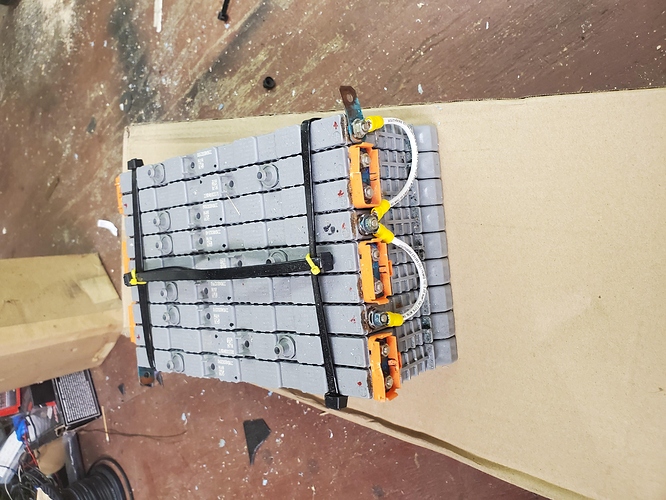Sean’s estimates sound pretty spot on to me - 14kwh would be a good number to shoot for if you want to pull 1000watts for 6 hours out of lead acids. I started my off-grid adventure with 4 flooded 12v deep cycle batteries wired at 24v. I kept the discharge to about 20% most of the time, equalized them monthly, and got about 3.5 years of service. They cost me 700 bucks, i want to say, with core charges.
Next I tried 4 flooded 6 volt trojans, again at 24v. About 3.5 years in, they were starting to exhibit voltage sag when my pump came on. It is a roughly 1100watt soft start motor, and I would see the voltage go down to 23 or something like that. I decided to replace them before they died on me, and I got 2 of those 3.8kwh Simpliphi batteries. The old trojans went out to live in my shop, and I will try and when they really croak, I might try reviving them with epsom salts or something. I have only had the lithiums for 6 months, so I cannot speak to their claim of 10k cycles. Time will tell I guess. I paid like 5500 for them, but they more than doubled my capacity, so we will see if they end up feeling worth it in the end.
I dont really know much about reviving old batteries, but some people claim to have had success with it. My advice would be to buy as much battery as you can afford, and then just figure you are going to be running the generator longer to make up the difference.
As for chargers and inverters, there are lots of options out there. I personally believe that for the sort of loads you thinking of running, 24v would be better than 12. It will save you a few bucks on copper. I am actually not sure how touchy LED lights are about their power- cheaper inverters make some electronics (like motors) unhappy. I suspect LEDs would probably be fine. The charger also does not need to be anything special - but you will want to size it according to the size of your battery bank. You cant fill a water glass with a firehose, and you likewise dont want to try and cram too many amps into a battery. I want to say trojan spec’ed 15% of the AH rating. So for my 225ah batteries, max of about 34amps in.
Combo charger/inverters are commonly available, but they might not be as easy to get optimally sized. Inverters use a certain amount of power even for very small loads, so efficiency gets better the closer you are to the peak power rating. You might want to get a 1200 or 1500 watt unit though just so you have a little wiggle room - but much more than that is probably inefficient.
You can sometimes find EV batteries from a wrecked car, but they will require a lot more research. Volts have a 16kwh pack, and you can pick them up for 2 grand or so. They are divided into weird module sizes, though, so it might be hard to get them to a usable voltage. Leaf cells are more modular, but most lithium cells will really need some sort of BMS. Lithium fires are bad news.
Anyway, if you havnt noticed, I like talking about batteries. So if you have any questions, I will gladly provide all my biased opinions 


